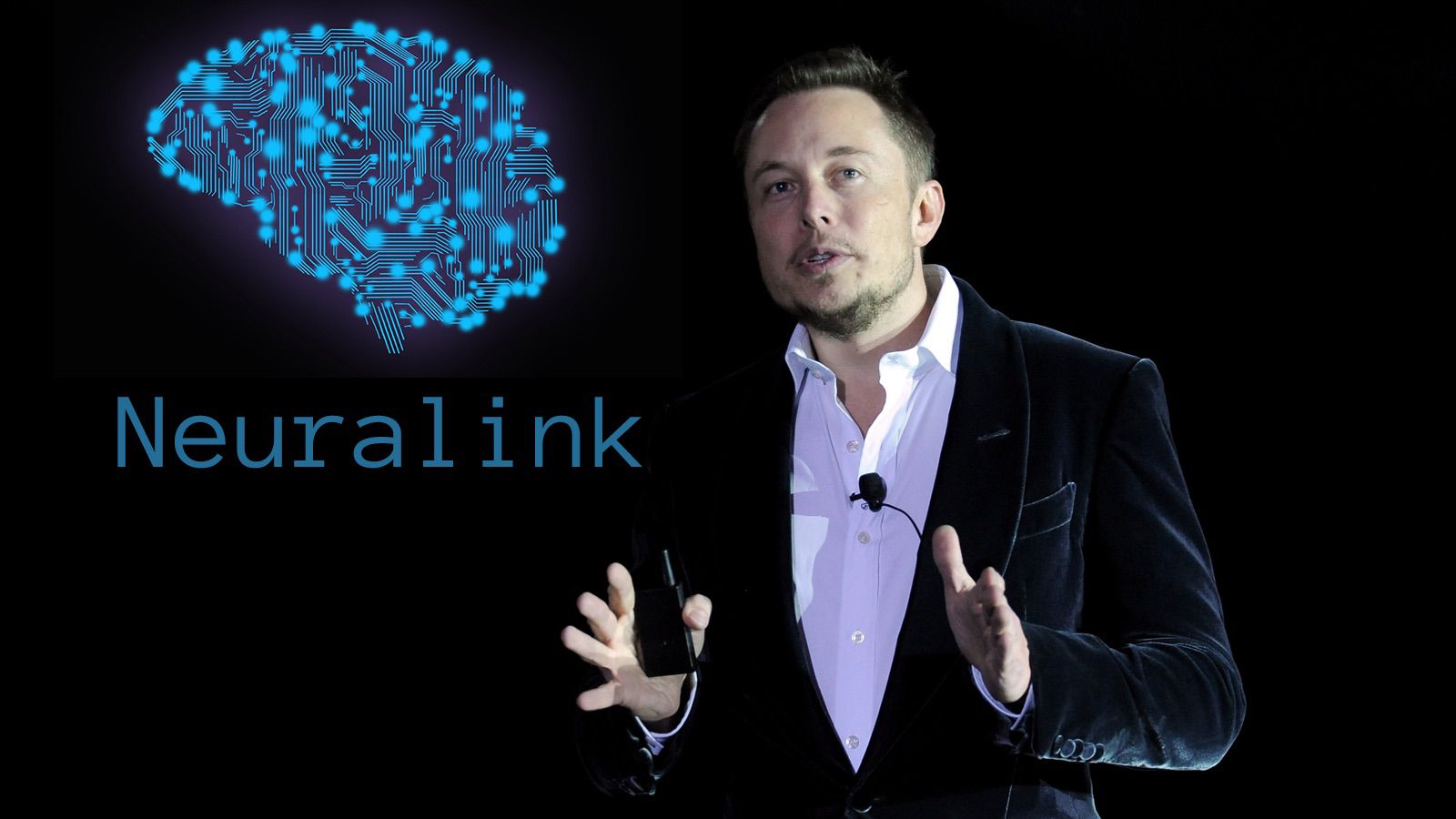Hey there! Let’s dive into the mind-bending world of Neuralink. If you haven’t heard about it yet, you’re in for a treat. Imagine a future where humans and computers merge seamlessly, where your thoughts can control machines with just a flick of your mind. Sounds like something straight out of a sci-fi movie, right? Well, that’s exactly what Elon Musk’s brainchild, Neuralink, is all about.
So, what exactly is Neuralink? Think of it as a high-tech brain-computer interface (BCI) that aims to link the human brain with computers. It’s like upgrading your brain’s firmware to version 2.0, except instead of bug fixes, you get superhuman abilities.
At the heart of Neuralink are tiny, flexible threads, thinner than a human hair, that are implanted directly into the brain. These threads are equipped with electrodes that can both read and stimulate neural activity. It’s like tapping into the brain’s own Wi-Fi network, allowing for bidirectional communication between your noggin and external devices.
Now, you might be wondering, what’s the point of all this? Well, the potential applications are mind-boggling. For starters, Neuralink could revolutionize the field of medicine. Imagine being able to treat neurological disorders like Parkinson’s disease or epilepsy by precisely targeting and stimulating specific areas of the brain. It could also open up new possibilities for people with spinal cord injuries, allowing them to control prosthetic limbs with nothing but their thoughts.
But it doesn’t stop there. Neuralink could also supercharge our cognitive abilities. By interfacing directly with the brain, we could potentially enhance memory, learning, and even intelligence itself. It’s like having Google Search embedded in your brain, ready to retrieve any piece of information at a moment’s notice.
Of course, with great power comes great responsibility. The idea of tinkering with the human brain raises some serious ethical and privacy concerns. Who owns the data generated by Neuralink? How do we ensure that it’s not used for nefarious purposes, like mind control or surveillance? These are questions that need to be addressed as we venture further into the realm of brain-computer interfaces.
But Elon Musk and his team at Neuralink are undeterred. They’re forging ahead with their mission to merge man and machine, one electrode at a time. And they’re not alone. Companies like Kernel and Facebook (now Meta) are also investing heavily in BCI technology, eager to unlock the full potential of the human brain.
So, what does the future hold for Neuralink? Only time will tell. But one thing’s for sure: we’re living in an age of unprecedented technological advancement, where the line between science fiction and reality is becoming increasingly blurred. Who knows, maybe one day we’ll look back at Neuralink as the dawn of a new era in human evolution. Until then, keep your mind open and your electrodes charged. The future is closer than you think.
Mark of the Beast
The term “the mark of the beast” originates from the Book of Revelation in the New Testament of the Bible, specifically in Revelation 13:16-18. It’s a symbolic and highly debated concept, often interpreted differently depending on religious beliefs and cultural contexts.
In the passage, it describes a time when a beast, representing oppressive political or religious powers, will require everyone to receive a mark on their right hand or forehead in order to buy or sell goods. This mark is often identified with the number 666, which is associated with the beast.
Interpretations of what this mark represents vary widely. Some view it as a literal mark or symbol that will be physically placed on individuals, while others see it as a metaphorical symbol representing allegiance to a corrupt or oppressive system.
Throughout history, there have been various speculations about what the mark of the beast could be. Some have associated it with specific technologies, such as barcodes, RFID chips, or even emerging technologies like biometric identification systems. Others view it more symbolically, as a representation of allegiance to oppressive political regimes or ideologies.
It’s important to note that interpretations of biblical prophecy, including the mark of the beast, are highly subjective and often subject to debate among theologians and religious scholars. Different religious traditions and denominations may have their own interpretations of this concept.
Ultimately, the mark of the beast is a complex and mysterious symbol that has captured the imagination of believers and non-believers alike for centuries, and its meaning continues to be a topic of speculation and debate to this day.

